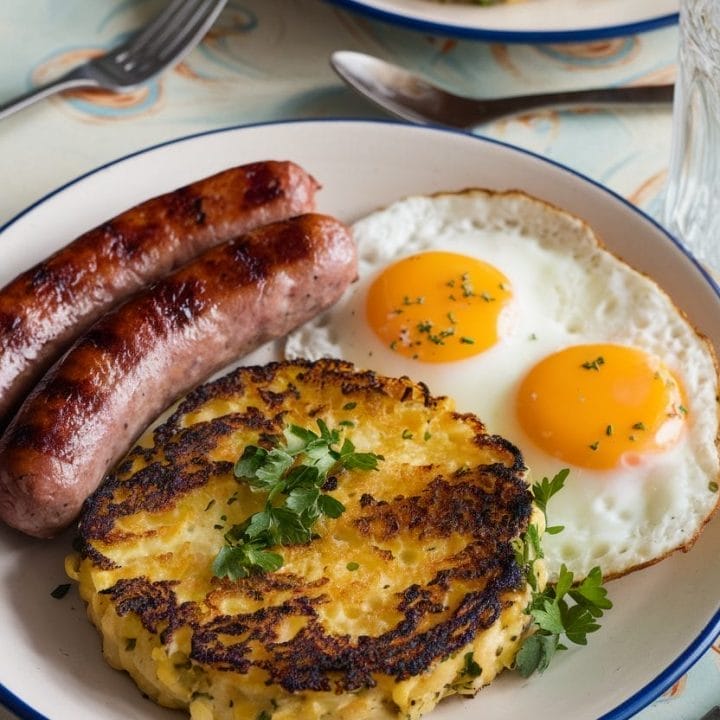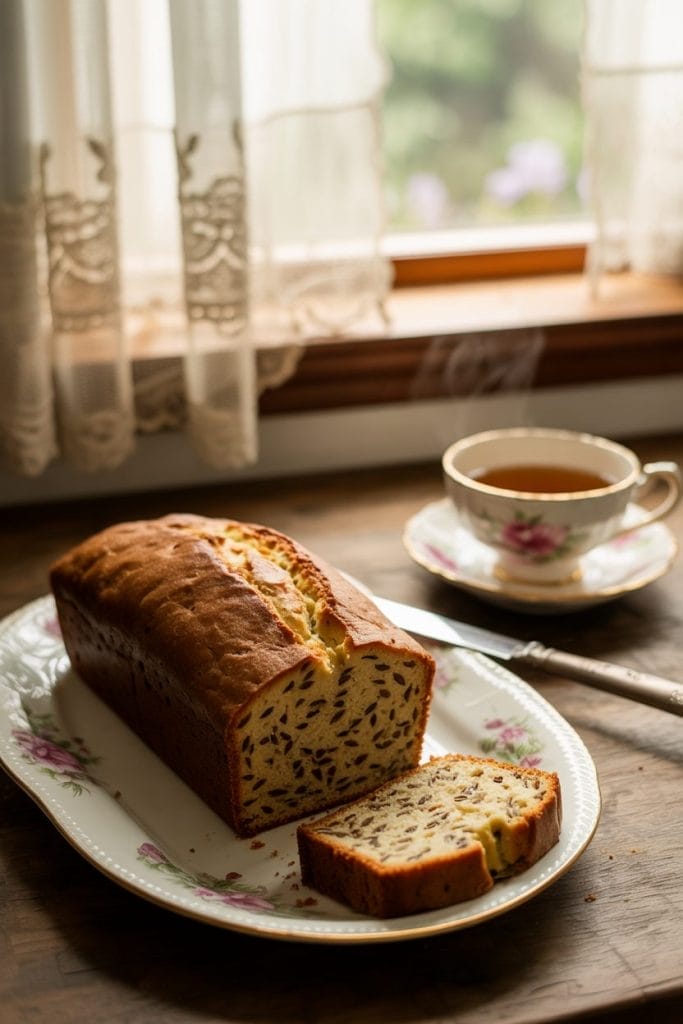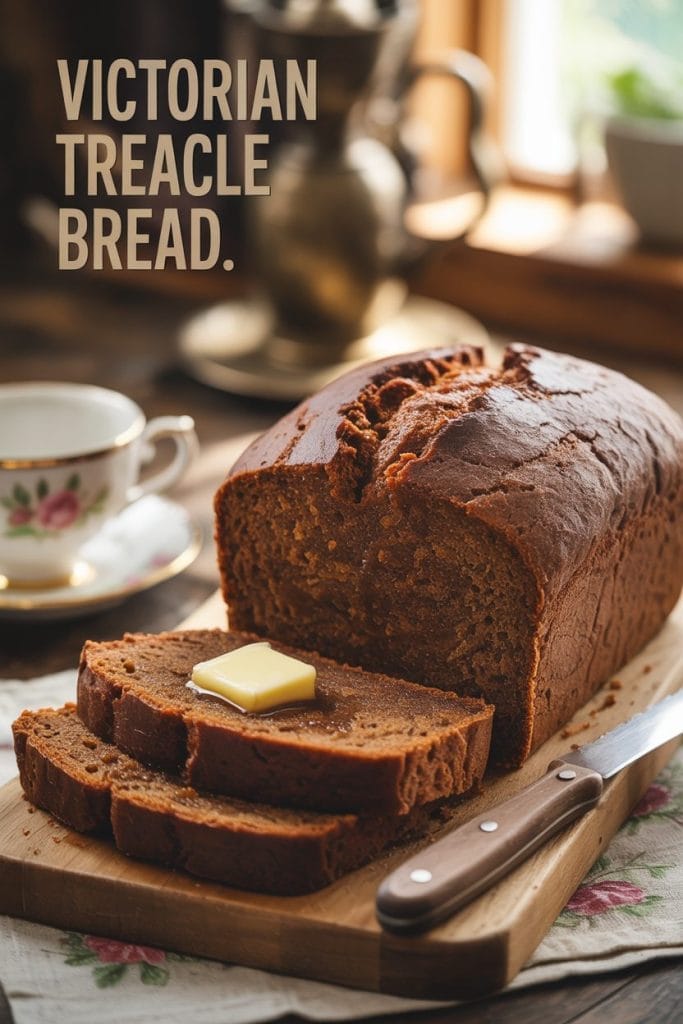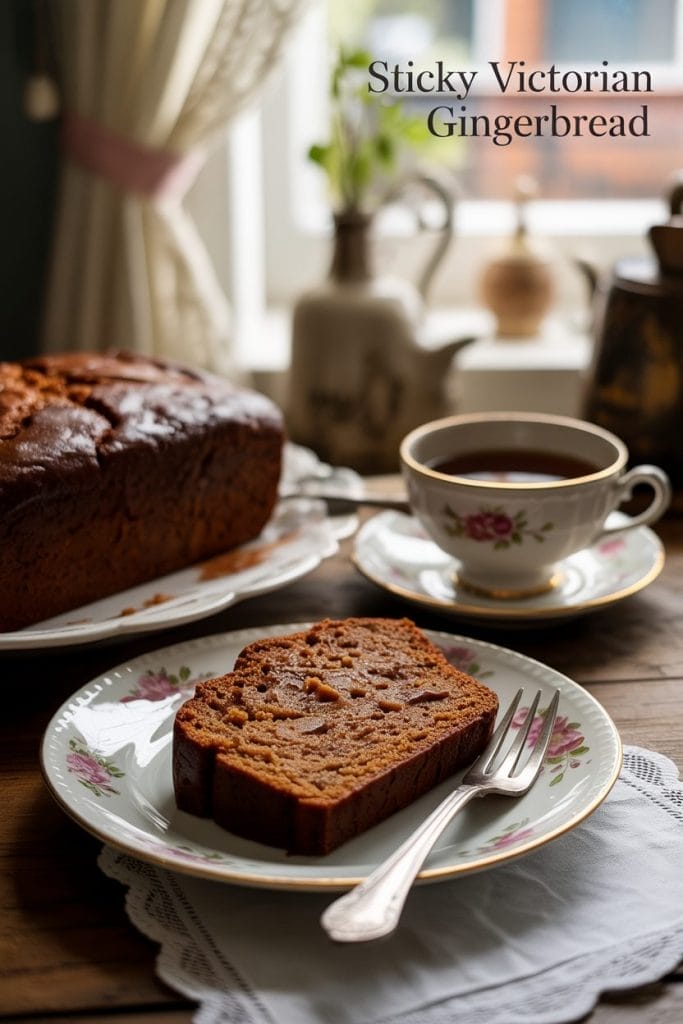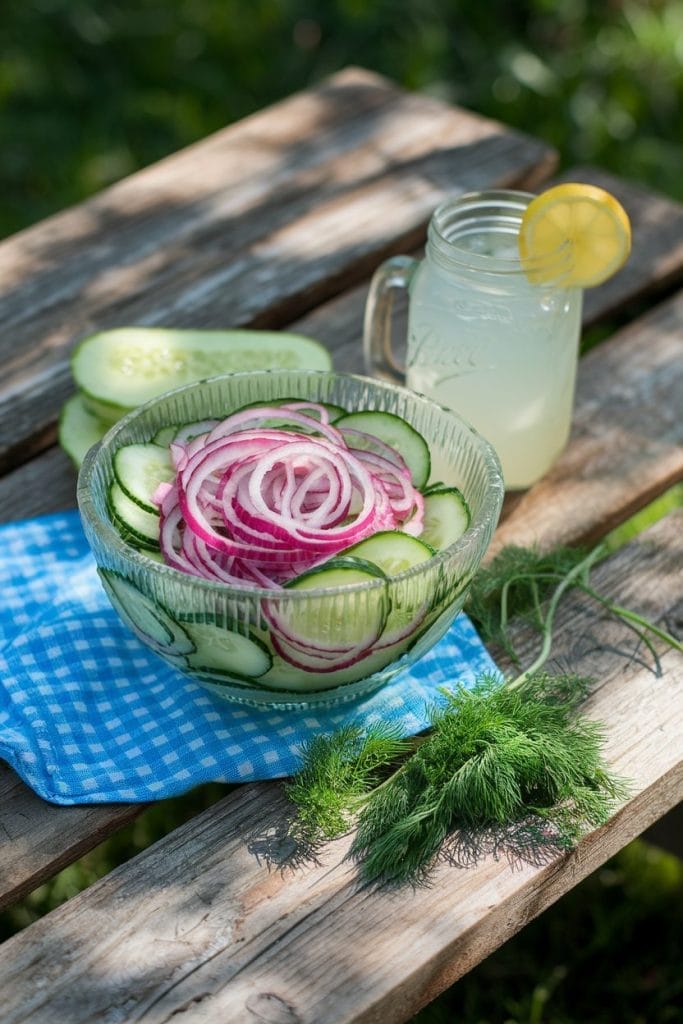I Made These FREE Vintage Recipe Tools JUST For You
This recipe was created with help from AI tools and carefully reviewed by a human. For more on how we use AI on this site, check out our Editorial Policy. Classic Fork earns a small commission from Amazon and other affiliate links at no extra cost to you, helping us keep our content free and honest.
5 Classic British WWII Recipes for Modern Kitchens
Time Period:
Meal Type:
During World War II, British kitchens became battlegrounds of their own, where ingenuity and resilience triumphed over shortages and rationing. With limited ingredients and strict government guidelines, home cooks found creative ways to feed their families while making every crumb count.
From inventive vegetable pies to humble dripping sandwiches, these meals weren’t just food—they were symbols of survival and resourcefulness.
In this post, I’ll explore five classic British recipes that sustained households during the war. Each recipe carries a story of frugality, community, and adaptability.
Though born in difficult times, these dishes still offer a comforting glimpse into the past and can inspire modern kitchens today.

What Would You Cook in Wartime?
Step back in time and discover what you could make with limited wartime rations
1. Woolton Pie
This vegetable pie, created by the chef of the Savoy Hotel, was named after Lord Woolton, Minister of Food. It became a symbol of rationing ingenuity.
The pie used root vegetables like carrots, turnips, and potatoes, as meat was scarce. The crust was typically made with wholemeal flour and mashed potatoes.
Why It Was Made: Woolton Pie demonstrated how people could eat healthily despite rationing. It was promoted to encourage citizens to embrace vegetable-based meals.
Where It Was Eaten: This dish was widely consumed across Britain, from urban London households to rural farming communities. It was served in British canteens and promoted by government pamphlets.
Nations That Made It: The concept of vegetable-based pies was not unique to Britain, but Woolton Pie’s specific recipe became a British wartime staple.

2. Dripping Sandwiches
Dripping sandwiches were a simple dish made from bread spread with beef or pork dripping (fat leftover from roasted meat). It was a cheap way to add flavor and calories to meals.
Why It Was Made: With rationing limiting meat, nothing was wasted. Dripping sandwiches used every part of the meal, reflecting the ‘waste not, want not’ mindset.
Where It Was Eaten: This humble dish was common in working-class households across England, especially in industrial areas like the Midlands and the North, where heavy labor demanded high-energy meals.
Nations That Made It: Variations of dripping sandwiches appeared in other European nations, but it became particularly iconic in Britain during WWII.

3. Mock Cream
Mock cream was a substitute for real cream, which was difficult to obtain during the war. It was made with margarine, sugar, and milk or water, whipped together to create a creamy texture.
Why It Was Made: Sweet treats like cakes and puddings were a morale booster, but cream was rationed. Mock cream allowed families to enjoy desserts that felt indulgent despite limitations.
Where It Was Eaten: This was popular across Britain and used to fill sponge cakes, tarts, or as a topping for puddings. It was especially cherished during celebrations like birthdays.
Nations That Made It: Similar substitutes existed in countries under rationing, such as Australia and Canada, but mock cream’s widespread use was distinctly British.

4. National Loaf
The National Loaf was a government-mandated bread made with wholemeal flour to reduce wastage. White bread was restricted to conserve wheat, so the National Loaf became the everyday staple for most British households.
Why It Was Made: Wholemeal flour used less refined wheat, making it more efficient and nutritious. The bread was dense and slightly gray in color, but it provided essential calories during tough times.
Where It Was Eaten: This was served in homes, schools, and military canteens across Britain. It often accompanied soups, stews, or dripping sandwiches.
Nations That Made It: Variants of ration bread appeared in other countries like the U.S. and Germany, but the National Loaf was uniquely British.

5. Bubble and Squeak
This dish used leftover vegetables, often cabbage and potatoes, fried together until crispy. Its name came from the bubbling and squeaking sounds it made while cooking.
Why It Was Made: Bubble and Squeak minimized food waste, turning scraps into a filling meal. It was an example of creative frugality in British wartime kitchens.
Where It Was Eaten: Popular across the UK, this dish was a favorite in homes and was particularly common for Monday dinners, using up Sunday roast leftovers.
Nations That Made It: While fried vegetable dishes are universal, Bubble and Squeak was distinctly British, with its name and method rooted in local traditions.
5 Classic British WWII Recipes for Modern Kitchens
During World War II, British home cooks had to get creative with limited ingredients, turning simple staples into nourishing meals. With strict rationing, dishes like vegetable pies and dripping sandwiches became symbols of resilience and ingenuity.
In this post, I’ll share five classic wartime recipes that kept families fed, each reflecting a story of frugality, community, and adaptability.
Authentic WW2 Bubble and Squeak Recipe
This dish used leftover vegetables, often cabbage and potatoes, fried together until crispy. Its name came from the bubbling and squeaking sounds it made while cooking.
The National Loaf from WWII: Rediscovering History
The National Loaf was a government-mandated bread made with wholemeal flour to reduce wastage. White bread was restricted to conserve wheat, so the National Loaf became the everyday staple for most British households.
WWII-Era Mock Cream: A Resourceful Substitute from the Wartime Kitchen
Mock cream was a substitute for real cream, which was difficult to obtain during the war. It was made with margarine, sugar, and milk or water, whipped together to create a creamy texture.
Dripping Sandwiches From The World War 2
The Dripping Sandwich, popular in Britain during World War II, was a resourceful wartime meal where beef dripping was used as a flavorful spread due to meat rationing.
Woolton Pie: Simple Wartime Recipe Saved Families During WWII
This vegetable pie, created by the chef of the Savoy Hotel, was named after Lord Woolton, Minister of Food. It became a symbol of rationing ingenuity.
The pie used root vegetables like carrots, turnips, and potatoes, as meat was scarce. The crust was typically made with wholemeal flour and mashed potatoes.

Maggie Hartwell
Hi there, I’m Maggie Hartwell, but you can call me Maggie—the apron-clad foodie behind Classic Fork! I created Classic Fork because I’m convinced food has a way of telling stories that words can’t. So, grab a fork and dig in. The past never tasted so good!

